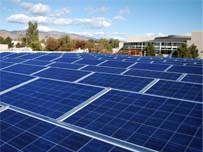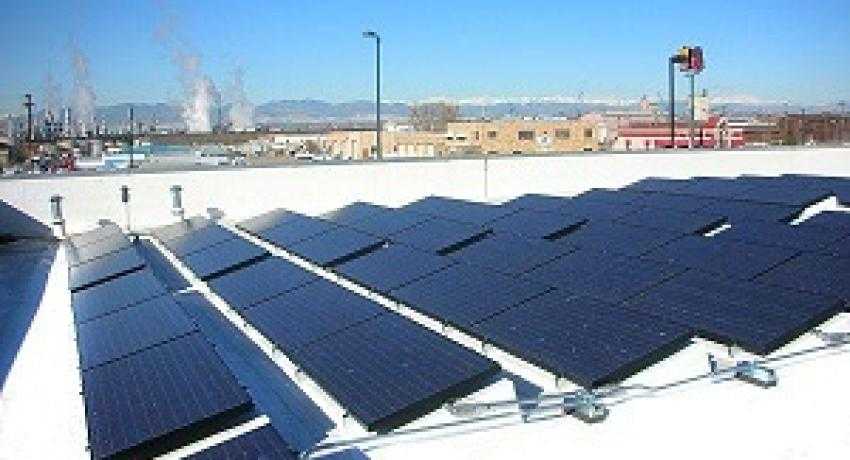Week in review: Solar continues to move to the mainstream
 Last week solar continued to move toward the mainstream, partly with the re-introduction of federal legislation that would make it easier to invest in solar. As more utilities are adding in solar for 2013, the world’s largest permitted PV project officially commenced construction. And at least one new project is already at grid-parity—in Africa.
Last week solar continued to move toward the mainstream, partly with the re-introduction of federal legislation that would make it easier to invest in solar. As more utilities are adding in solar for 2013, the world’s largest permitted PV project officially commenced construction. And at least one new project is already at grid-parity—in Africa.
A bipartisan group of Senators came together to reintroduce the Master Limited Partnership Parity Act—legislation that would allow solar and wind projects easier access to funding through master-limited partnerships. If the legislation is successful it would make it easier for solar and wind projects to gain financing through issuing securities or bonds rather than relying purely on tax-equity based financing like loans from banks. By creating bonds or securities, the projects can promise long-term returns on investments at lower interest rates, which would bring down the costs of renewable energy.
That would make financing projects like the Antelope Valley Solar Projects easier. Construction on the 579 megawatt solar farms being developed by SunPower and owned by MidAmerican Energy Holdings, began recently. The projects are valued at more than $2 billion and MidAmerican could use bonds to help finance the projects as it did with another solar project, the 550 megawatt Topaz Solar Farm, being developed by First Solar.
Meanwhile solar continues to grow throughout the U.S., even in states where people might not expect it. For instance, the Tennessee Valley Authority approved more than 250 small renewable energy projects across its seven-state service area. While it’s only incorporating 17.5 megawatts of distributed generation projects, it’s a region that doesn’t have the broadest support for renewable energy.
Solar is also coming into parity with other energy sources throughout the world. For instance, even without a feed-in tariff in place, a new array in Cape Town, South Africa, is producing energy that’s cheaper than the grid can supply. The 62 kilowatt Conergy array at a home for disabled people is producing power at prices below electricity from the grid. A future feed-in tariff could make the power produced by the array even more valuable.
Lancaster, Calif.’s greening efforts are paying off. In March the city passed the nation’s first ordinance to require solar on new homes. Now Build Your Dreams (BYD), a Chinese manufacturer of rechargeable batteries and more plans to build two manufacturing facilities in the city. One will produce batteries, while the other will produce electric-powered busses.
Companies continue to green their energy use, too. For instance, Staples recently completed its 37th PV installation. With the installation at its headquarters in Farmingham, Mass., the company now has nearly 14 megawatts of solar across the U.S. The company partnered with SunEdison on the project and will buy the power produced under a power-purchase agreement.




